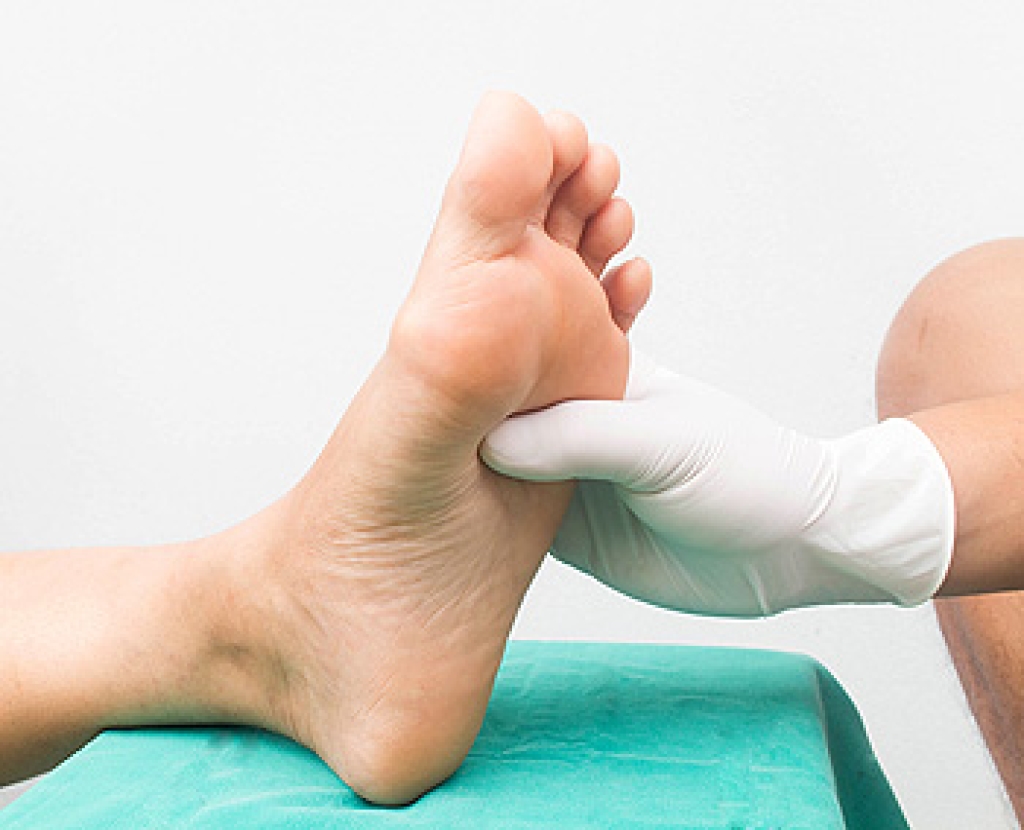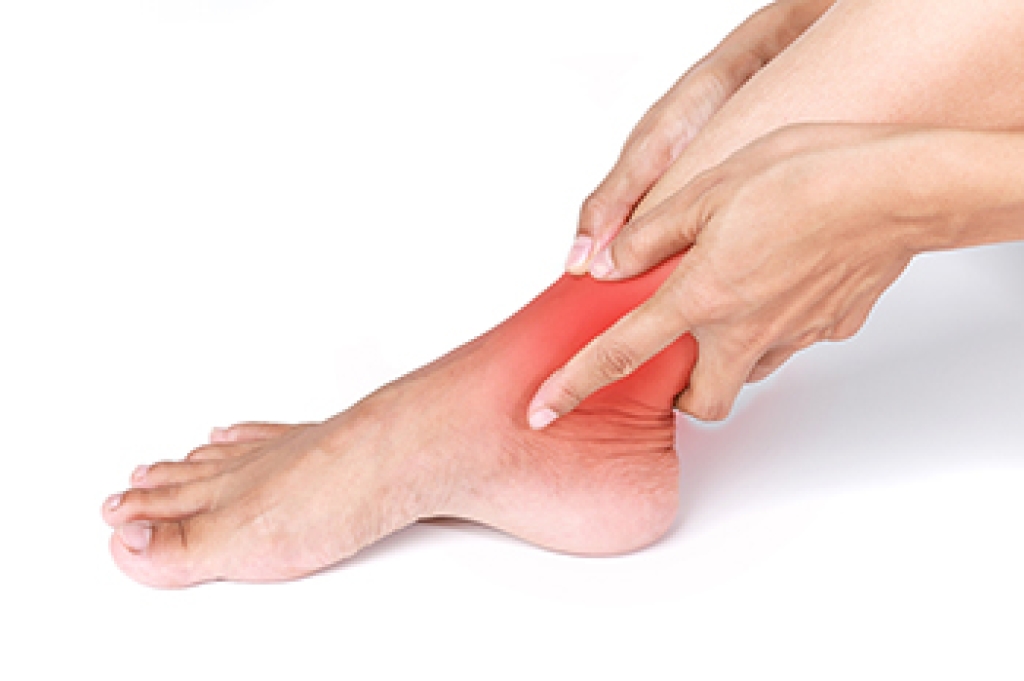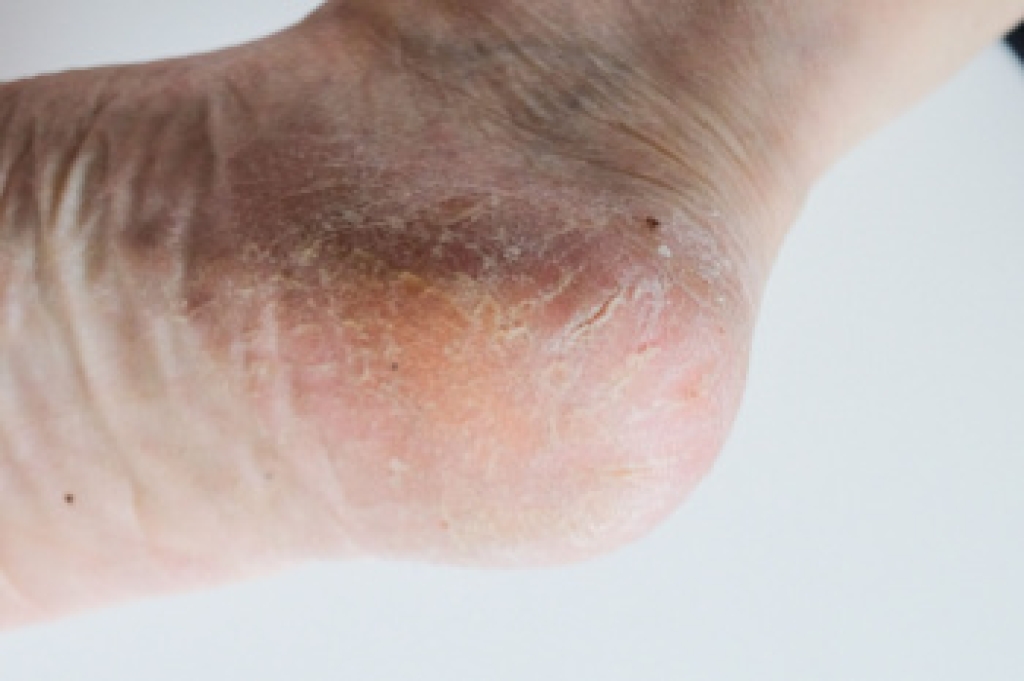
Diabetic amyotrophy is a rare nerve and muscle condition linked to diabetes that mainly affects the hips, thighs, and legs. Unlike diabetic neuropathy, it involves sudden nerve inflammation and rapid muscle weakness rather than a slow loss of feeling in the feet. Symptoms often include severe pain, increasing weakness, and areas of numbness, along with unexpected stomach pain and noticeable weight loss. As the condition progresses, some individuals may develop foot drop, which is difficulty lifting the front of the foot while walking. Foot drop can disrupt gait, reduce balance, and increase the risk of tripping or falling. Recovery can be gradual and usually requires coordinated medical care. A podiatrist can help by monitoring lower limb strength, evaluating walking patterns, improving foot and ankle stability, and recommending supportive footwear or bracing. If you have diabetes and experience sudden foot weakness, pain, or mobility changes, it is suggested that you consult a podiatrist who can help you to manage this condition.
Diabetic foot care is important in preventing foot ailments such as ulcers. If you are suffering from diabetes or have any other concerns about your feet, contact one of our podiatrists from Comprehensive Footcare Clinic - Hawaii. Our doctors can provide the care you need to keep you pain-free and on your feet.
Diabetic Foot Care
Diabetes affects millions of people every year. The condition can damage blood vessels in many parts of the body, especially the feet. Because of this, taking care of your feet is essential if you have diabetes, and having a podiatrist help monitor your foot health is highly recommended.
The Importance of Caring for Your Feet
- Routinely inspect your feet for bruises or sores.
- Wear socks that fit your feet comfortably.
- Wear comfortable shoes that provide adequate support.
Patients with diabetes should have their doctor monitor their blood levels, as blood sugar levels play such a huge role in diabetic care. Monitoring these levels on a regular basis is highly advised.
It is always best to inform your healthcare professional of any concerns you may have regarding your feet, especially for diabetic patients. Early treatment and routine foot examinations are keys to maintaining proper health, especially because severe complications can arise if proper treatment is not applied.
If you have any questions, please feel free to contact our office located in Honolulu, HI . We offer the newest diagnostic and treatment technologies for all your foot care needs.




